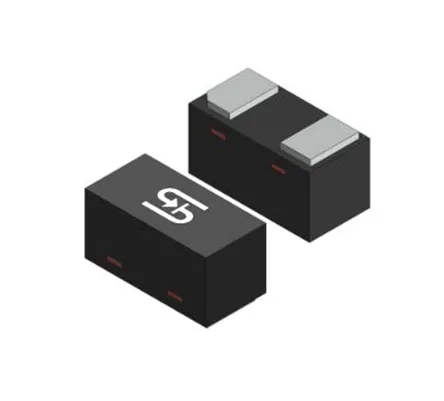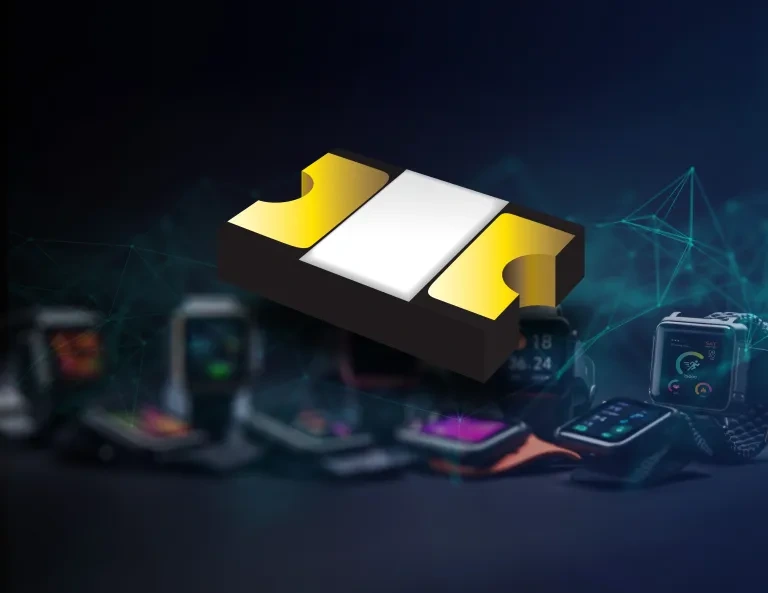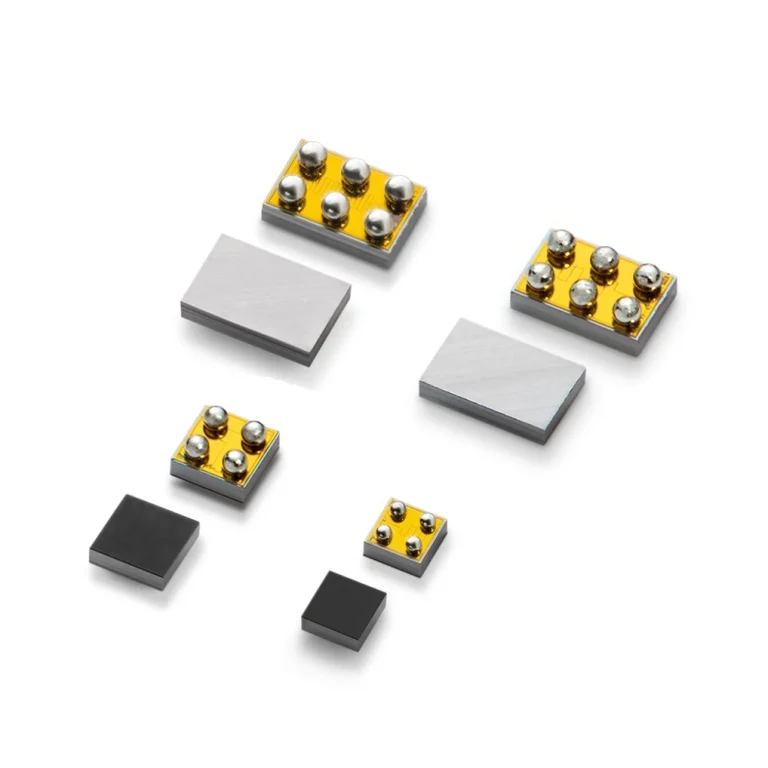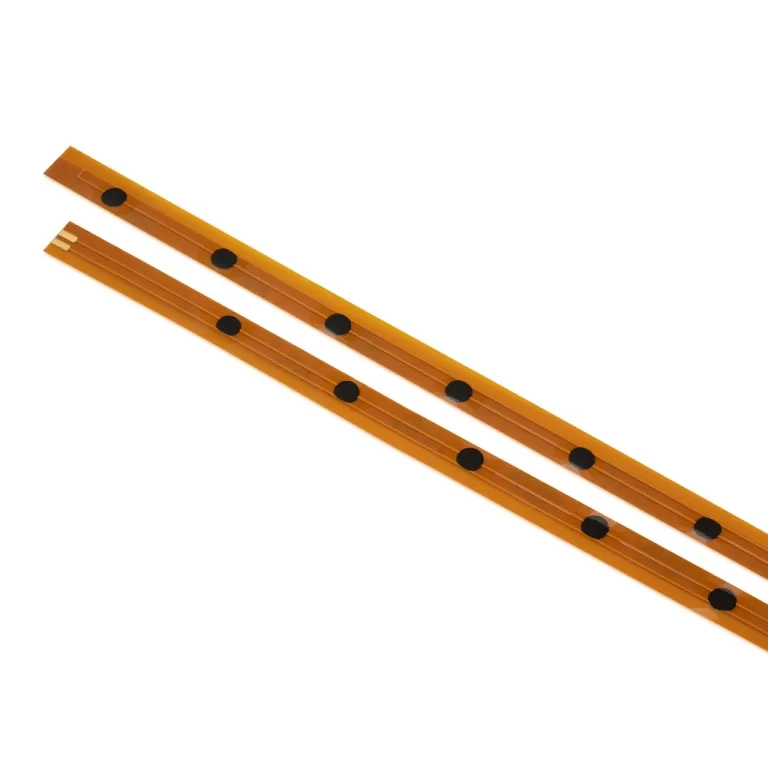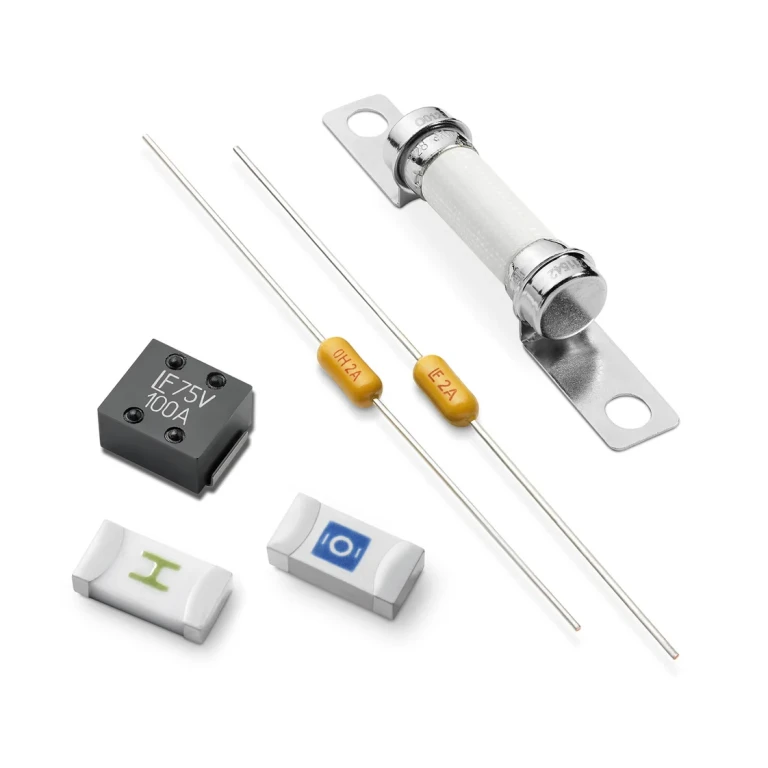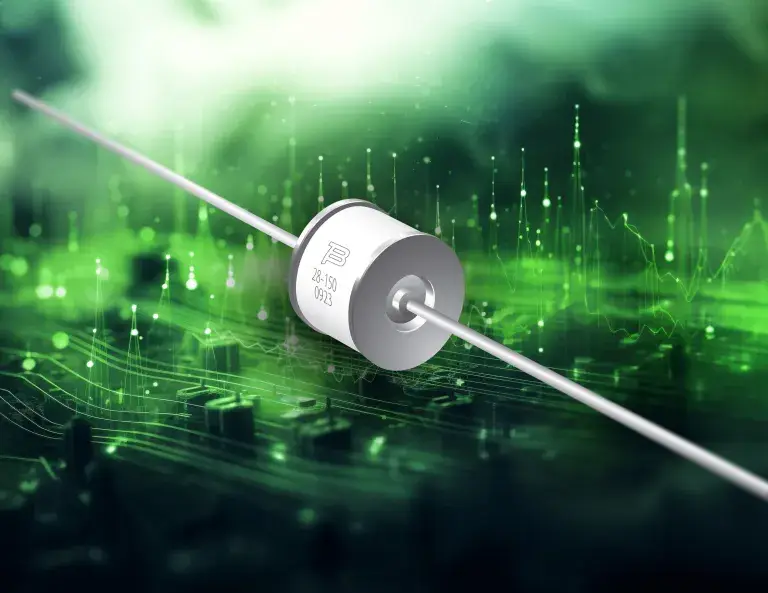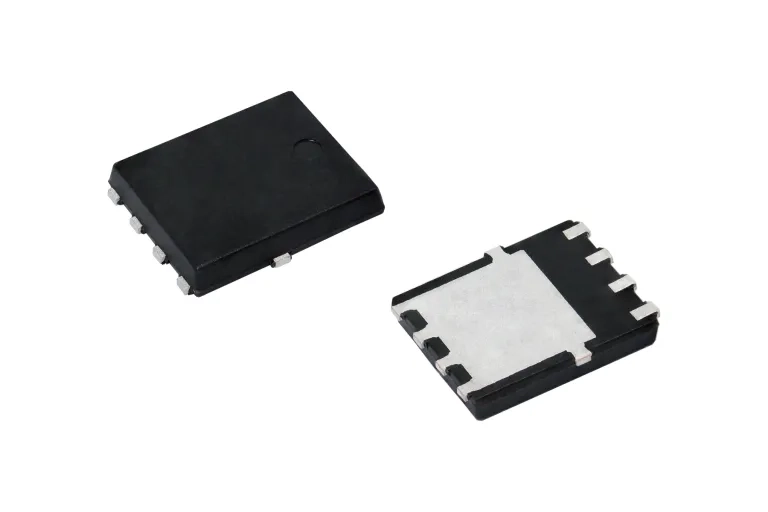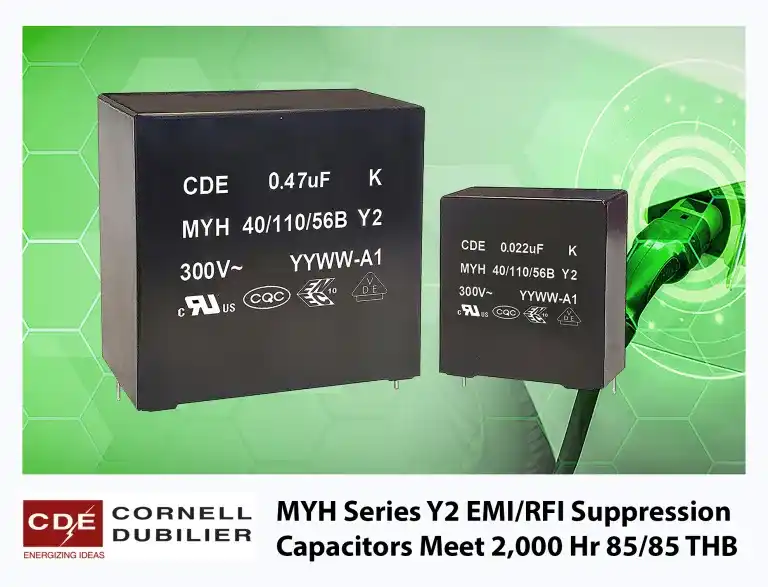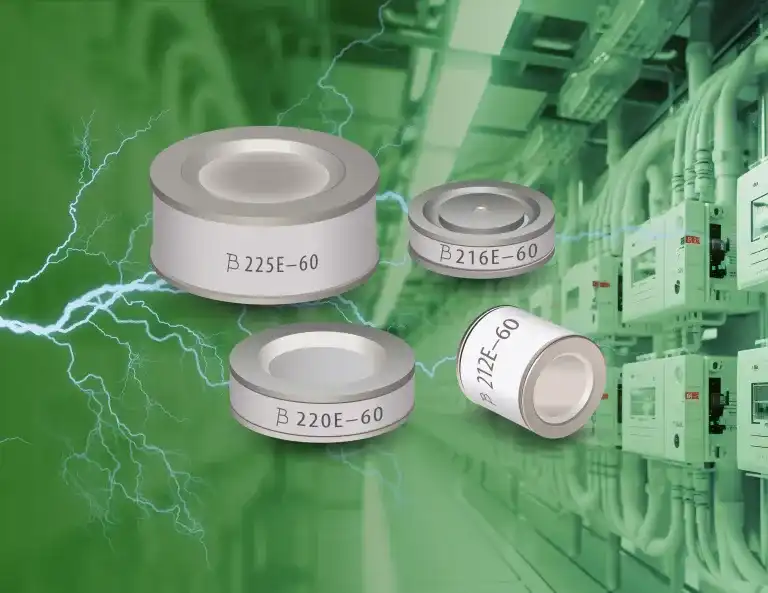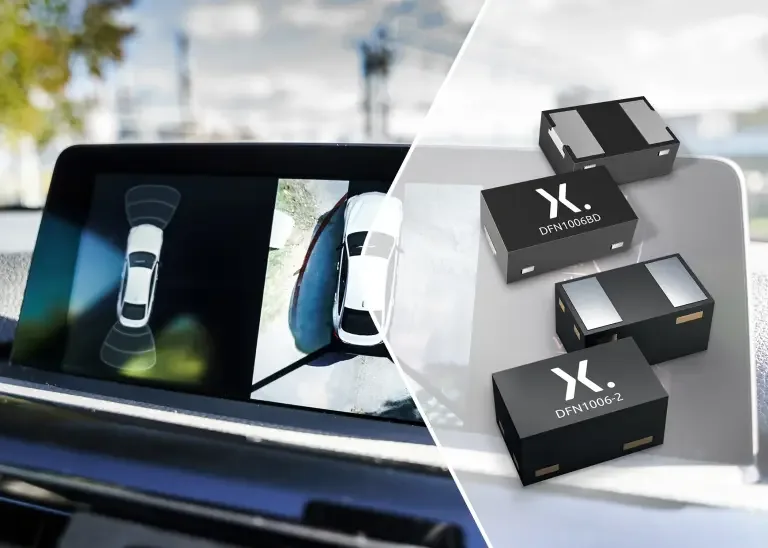
Nexperia has extended its portfolio of ultra-low-capacitance ESD protection diodes that safeguard high-speed data lines in interfaces such as USB, HDMI, high-speed video links and Ethernet in automotive infotainment applications. Packaging options are designed to minimize the impact on signal integrity.
The new devices include the PESD18VF1BLS-Q, PESD24VF1BLS-Q, PESD30VF1BLS-Q and PESD32VF1BLS-Q in the DFN1006BD-2 package, enabling optical inspection in automotive production lines using side wettable flanks. The PESD18VF1BBL-Q, PESD24VF1BBL-Q and PESD30VF1BBL-Q devices also are available in the DFN1006-2 package.
Nexperia said all variants are in leadless packages to improve electrical performance and minimize their impact on signal integrity. They offer ESD protection up to ±10 kV according to IEC 61000-4-2, level 4.
ESD diodes protect critical electronic systems and subsystems by dissipating the high energy of electrostatic discharges to protect components from getting damaged during an ESD event; however, adding additional components to a high-speed data line can deteriorate the signal integrity of the transferred data, Nexperia explained.
This makes it critical to select the right components that protect the system without impacting the signal transmission, particularly in high-speed automotive systems.
Nexperia’s latest AEC-Q101 automotive-qualified devices offer ultra-low capacitance, as low as a typical 0.28 pF, along with the higher standoff voltage of 18-32 V for placement closer to the connector. They also claim “extremely deep snapback behavior” and a low dynamic resistance of 0.8Ω for improved system-level robustness and clamping performance in high-speed data interfaces.
The ESD protection diodes are offered with and without side wettable flanks. Click here for more information on the ESD protection portfolio for automotive entertainment applications.

